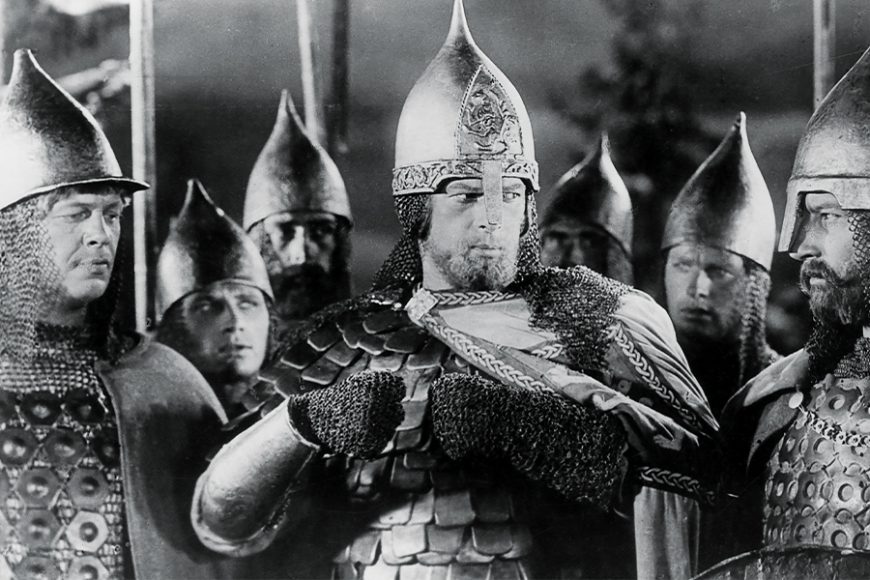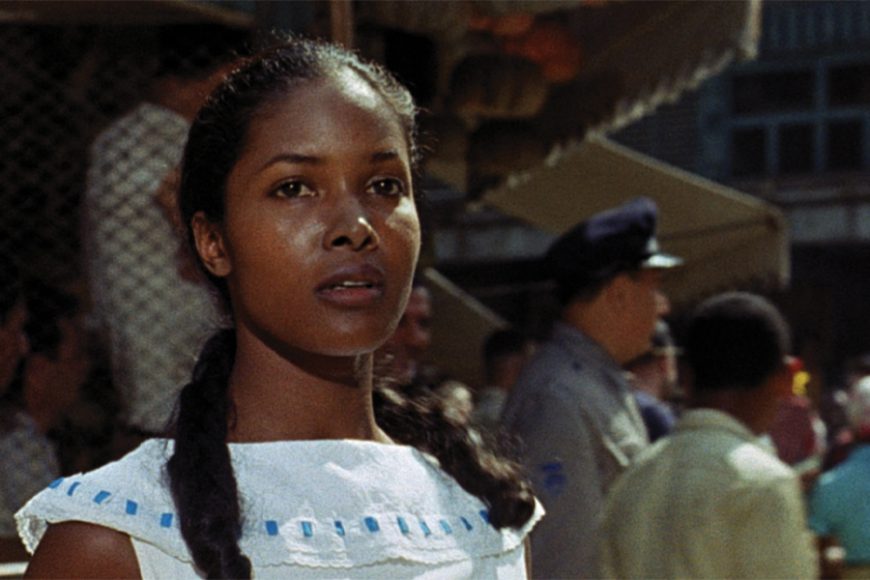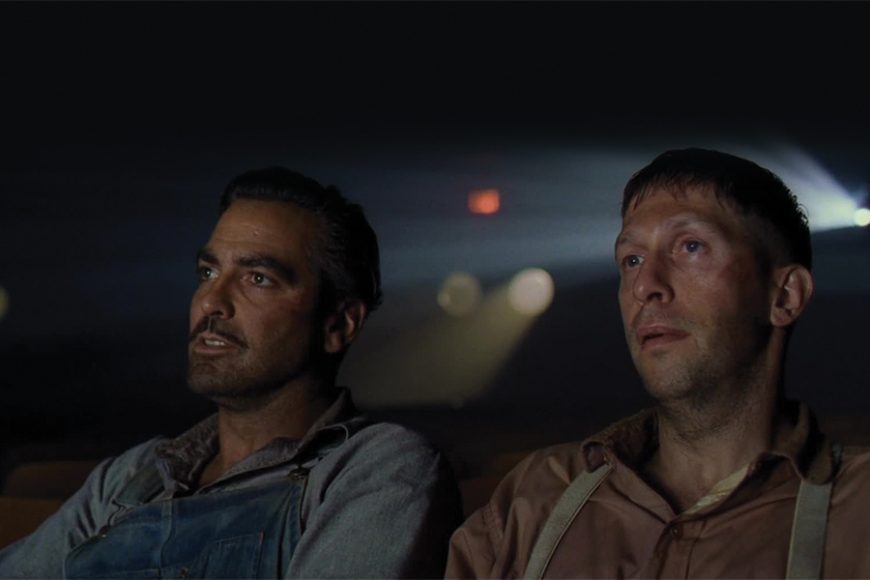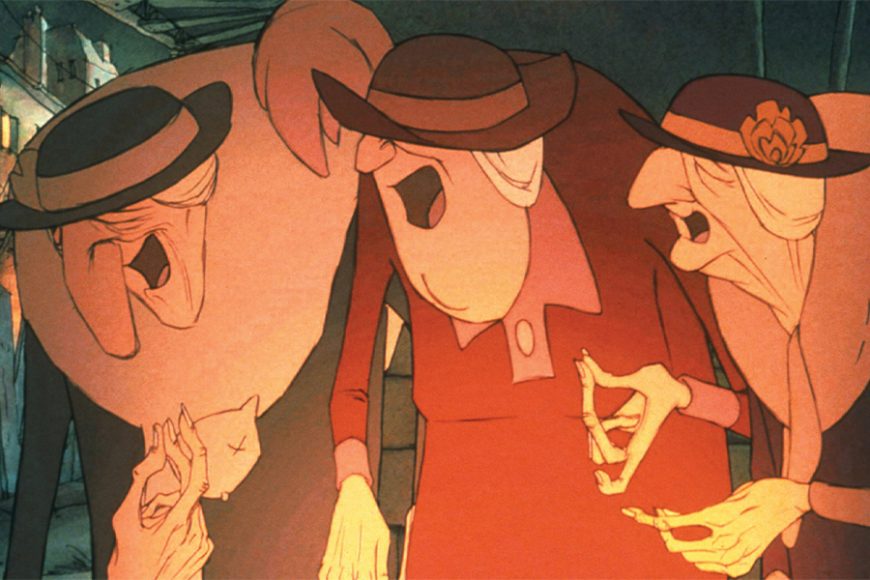Heard any good movies lately?
“We tend to think that film is essentially visual, but often music is the beating heart, the invisible place where the emotional life of a film happens,” Brian Ackerman, programming director at the Jacob Burns Film Center in Pleasantville, has said. “And movies are now at the very center of the musical world, the place where some of the most interesting and innovative music is finding a home.”
So it’s fitting that the Burns should team with the Caramoor Center for Music and the Arts in Katonah for the new series “Caramoor at the Burns: Movies Musicians Love.”
“We’ve been talking with Caramoor a long time about something we could do together,” Ackerman says. “Everybody loves movies. Everybody loves music. It seems to me a natural pairing to combine our worlds.”
“Instead of one of us picking out films that we like, we went to artists of prominence (associated with Caramoor) to pick out films that spoke to them,” says Kathy Schuman, vice president, artistic programming and executive producer at Caramoor.
“I was surprised at the range they came up with,” Ackerman adds.
It’s not surprising, however, that the series began in September with a film about a musician. “Black Orpheus” (1959) transports the Greek myth of Orpheus and Eurydice to the teeming favelas of Rio de Janeiro.
“There is no story more rooted in the power of music than that of Orpheus and his lost love, Eurydice, for it is the power of Orpheus’ lyre — not his heroism — that brings Eurydice back from the dead,” John Largess, violist of the Miró Quartet, says of his selection, which has haunted him since he first saw it as a teenage music student in the 1980s. “Music’s power to go beyond death is only highlighted more by Orpheus’ human weakness, which in a fateful forbidden glance loses Eurydice tragically the second time.”
That unrequited longing is captured by Luiz Bonfá and Antônio Carlos Jobim’s samba-heavy score, whose main theme became the hit song “A Day in the Life of a Fool,” recorded by such singers as Frank Sinatra, Harry Belafonte and Vikki Carr.
October’s deliciously daffy entry also updates Greek mythology, Homer’s “The Odyssey,” to the New World in another tale of musicians, this time mixed up with con artists in Depression-era Mississippi.
“‘O Brother, Where Art Thou?’” (2000) was a pivotal movie for so many in the folk/bluegrass music world,” says Grammy Award-winning singer-songwriter Sarah Jarosz, who selected the film. “For me, personally, it happened to be released almost a few days shy of when I received my first mandolin for Christmas (as a 9-year-old).”
Pianist Daniil Trifonov is Russian to his core, Schuman says. So it’s no surprise that he would select for November’s entry the stirring “Alexander Nevsky” (1938), about a medieval Russian prince fending off an invasion. Created on the eve of World War II, the film was a true collaboration between director Sergei Eisenstein and composer Sergei Prokofiev.
“‘Alexander Nevsky’ is one of the staples in early film ventures that placed video and music synchronization at its core,” Trifonov says. “And not just any music but a score by Prokofiev that he would later publish as an independent cantata of the same name. While it is extremely rare for a film’s music to find a place in standard repertoire, this is such a case, and one can instantly hear the vivid and picture-painting nature of the music originating at its roots with the film.” (A 10-minute film of the Grammy Award winner performing the first movement of Sergei Rachmaninoff’s Piano Concerto No. 4 in G minor will precede the screening.)
Tony Award-winning Broadway conductor Ted Sperling, no stranger to this area with the Westchester Philharmonic’s “Winter Pops” concert, weighs in with December’s zany “The Triplets of Belleville” (2003), an animated comedy about an elderly woman, her grandson, his dog, a female trio, some mobsters and the Tour de France.
“I remember vividly seeing ‘The Triplets of Belleville’ in the movie theater, soon after it was released in the U.S.,” Sperling says. “I was struck with how little dialogue there was and how much of the story was told through music, and what fun music it is. The title characters were performers in French vaudeville, so there’s a jazzy, Gallic tinge to all the music, which I find irresistible.”
Other films in the pipeline for next year include the Oscar-winning “Amadeus” (1984), based on Peter Shaffer’s play about composer Antonio Salieri’s rivalry with Wolfgang Amadeus Mozart; “From Mao to Mozart,” documenting violin virtuoso Isaac Stern’s 1979 tour of China; “Koyaanisqatsi” (1983), a documentary about man’s disharmonious relationship with nature, featuring a Philip Glass score; and “The Umbrellas of Cherbourg” (1964), a Michel Legrand-scored musical drama, in which all the dialogue is sung, about missed opportunities and second chances.
It’s a chance, too, for filmgoers to reencounter these films through their music, Ackerman says, and join a growing trend. Thanks to Spotify and YouTube, he adds, “People listen to scores in a way they didn’t when we were growing up.”
Selections from “Caramoor at the Burns: Movies Musicians Love” are presented at 2 and 7 p.m. the first Tuesday of every month. For more, visit burnsfilmcenter.org/film.








